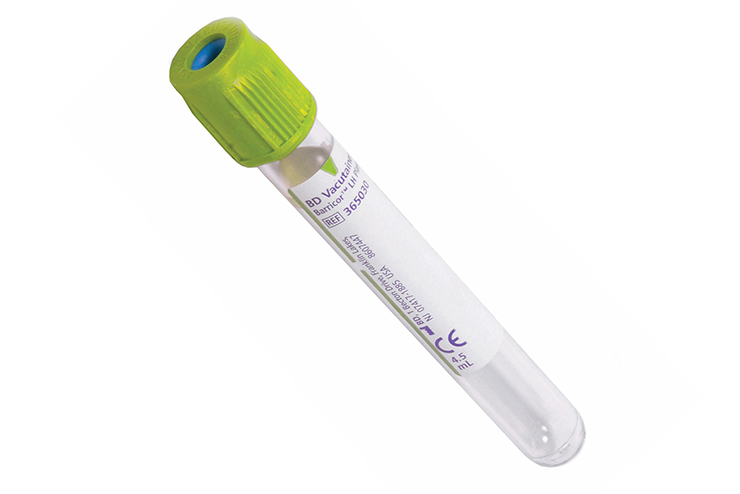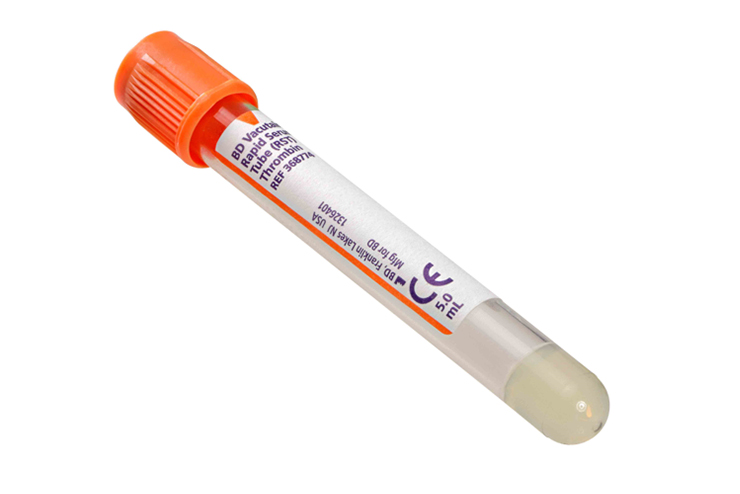From the emergency department (ED) to the laboratory, unite the diagnostic pathway
When most testing errors occur outside of the lab,1 how can we bridge the gaps along the diagnostic pathway?
From patient triage to diagnostic testing, sample quality can be impacted at any stage of the journey. Specimen non-conformities at one stage can be carried into the next, and you don't always have the visibility to know where to trace the source of haemolysis or contamination before they become non-conforming samples or false-negative/positive results.
EDs are working to mitigate increasing sample volumes, staff shortages and high workloads while maintaining sample quality, turnaround times and patient safety before they impact the laboratory.1
If diagnostic errors can be carried from the preanalytical phase onward, then so can quality. Let's work together to build bridges within and between departments to allow sample quality to flow between the ED and the laboratory, from collection to results.
In ED 67% of patients have at least 1 laboratory test.1
Up to 70% of all erroneous results are caused by mistakes within the preanalytical phase process, potentially resulting in misdiagnosis or inappropriate clinical treatment.2
One study found that 6% of all samples in the ED are rejected, meaning repeat phlebotomy may be needed, causing diagnostic delays.3,4
Fewer than half of EDs use turnaround time (TAT) as a quality indicator.1
Haemolysis is the most common preanalytical error, accounting for 65% of rejected ED samples.5,6
New preanalytical guidelines: Improving ED blood sampling
The European Society for Emergency Medicine (EUSEM), the European Society for Emergency Nursing (EuSEN) and the European Federation of Clinical Chemistry and Laboratory Medicine (EFLM), with the support of BD via an unrestricted educational grant, devised a multidisciplinary working group to identify key recommendations for preanalytical phase process, from patient identification to blood sampling, transportation and preanalytical monitoring.
Discover the key highlights and download the guidelines:
Your emergency department may need a check-up.
Discover the new recommendations.
Sample quality is the result of a lot of little things working together.
Your challenges aren't isolated - meeting them with resilient solutions and teams that work with your diagnostic workflow, between and within departments, can help set you on the road to diagnostic excellence.
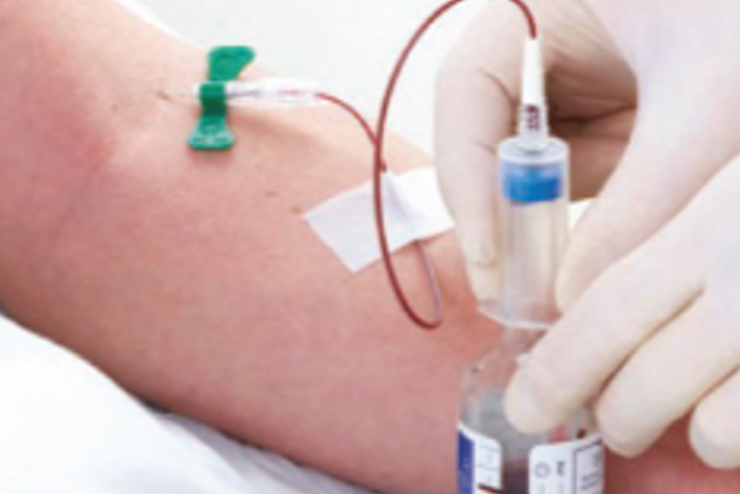
The BD Vacutainer® UltraTouch™ Push Button Blood Collection Set provides a faster blood collection experience without compromising diagnostic testing accuracy and supports you to obtain blood from patients with DVA without utilising an indwelling catheter.13,14
- 40% potential reduction in risk of haemolysis13
- 3% reduction in rates of underfilled tubes13*
- 50% reduction of tube fill times with 23G15**
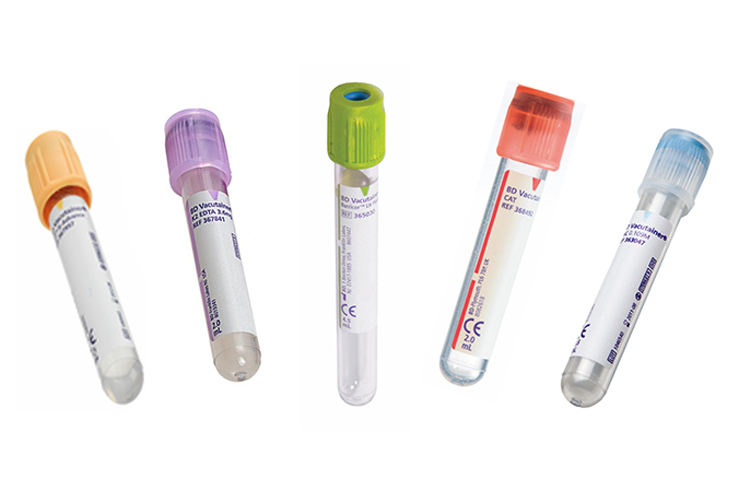
Studies have shown low vacuum tubes are effective in reducing haemolysis when drawing blood from IV catheters.16,17 Specifically within the ED the adoption of BD Vacutainer® Barricor™ Tubes with reduced vacuum has led to reduced haemolysis rates.18,19
Partial-draw tubes providing a low vacuum are available for our core tube families to support you in reducing the risk of haemolysis if (following risk analysis) blood is drawn from a PIVC.

Our BD Professional Services team can support you to help reduce your rate of haemolysis with a range of services including:
- Best practice and preanalytical variables training (e-learning or in person)
- Conducting a value gap assessment of your sample workflow (from the ED to the laboratory) with our PreAnalytical Quality Check (PAQC) service
Explore the full range
With products to suit the needs of the Emergency Department and Laboratory to help ensure quality at every stage of the preanalytical phase process and beyond.
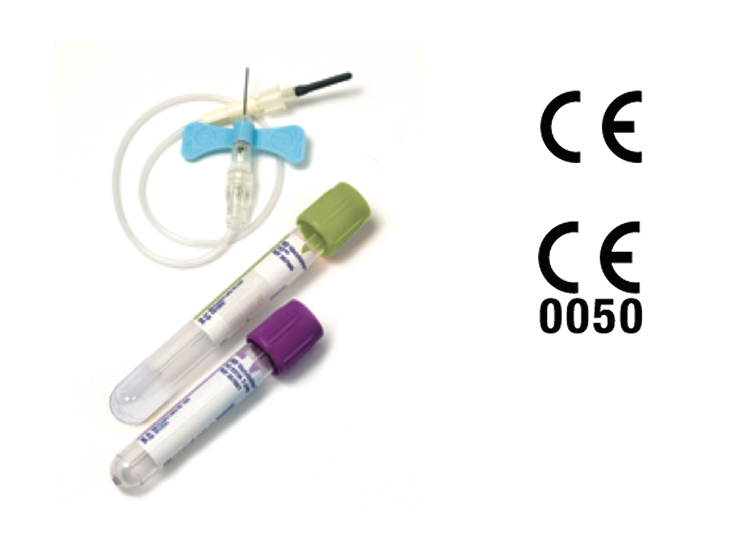
BD Vacutainer® venous blood collection system: Full range of tubes and venous access devices to meet any laboratory and patient population needs.
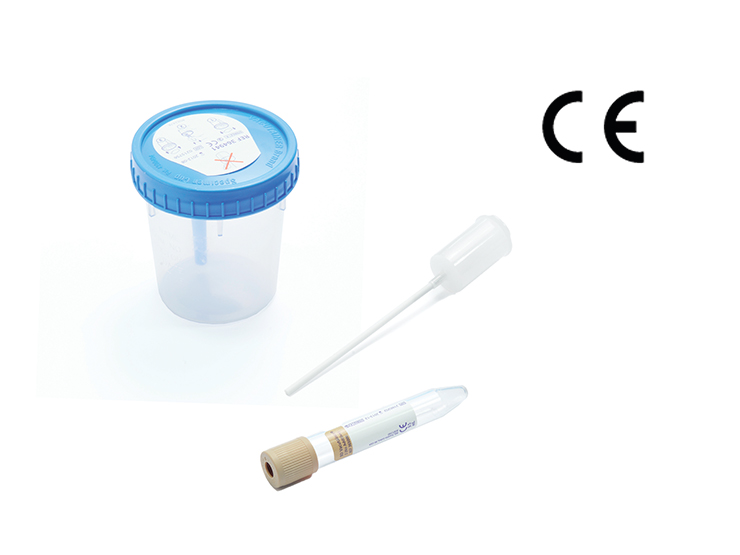
BD Vacutainer® closed urine collection system: Aims to reduce mixed growth and contaminated samples to save costs, time and diagnostic and treatment delays.
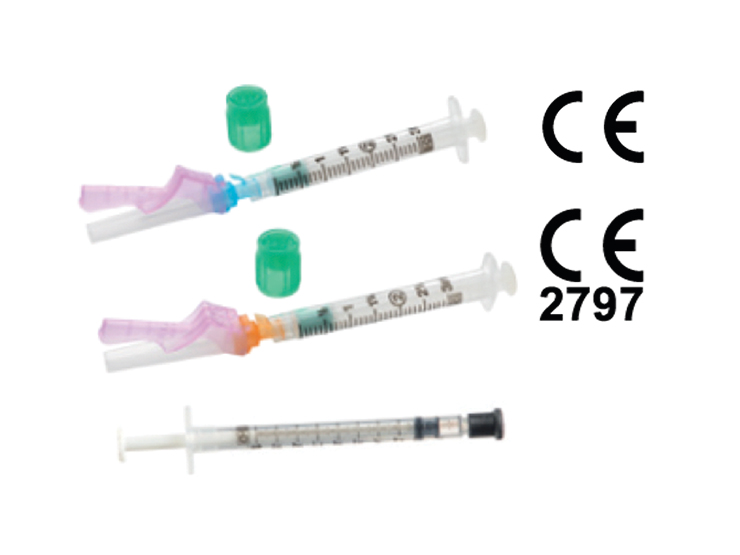
BD arterial blood collection system: Helps to provide clinically superior and safe solutions to standardise collection of arterial samples dedicated to critical care panel testing.
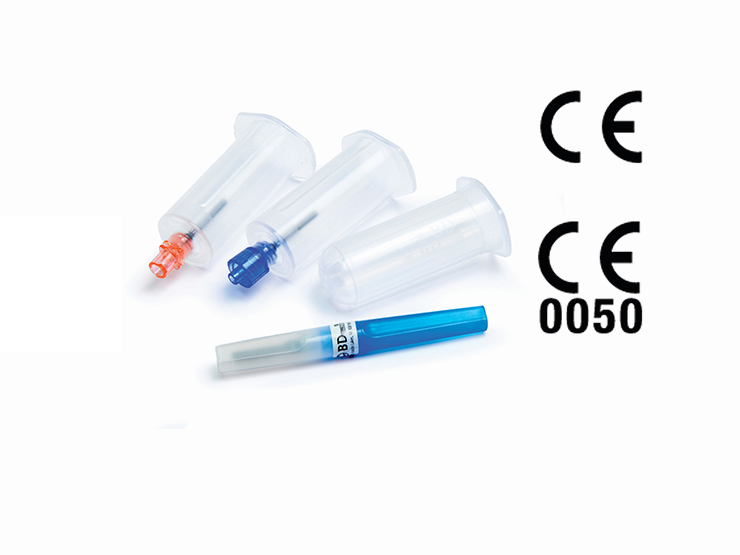
BD Vacutainer® blood collection devices and accessories: Additional products to support blood collection including the Luer-Lok™ Access Device for when risk assessed catheter collections are needed.
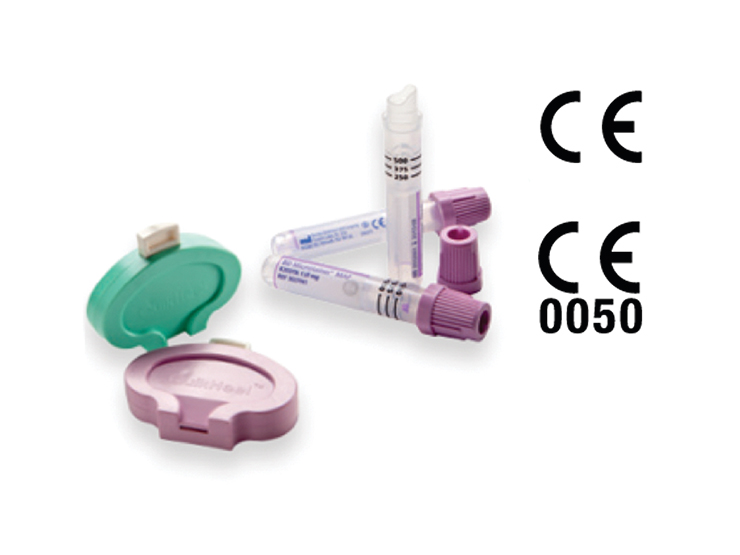
BD Microtainer® capillary collection system: A complete solution designed and developed for your most fragile patients.
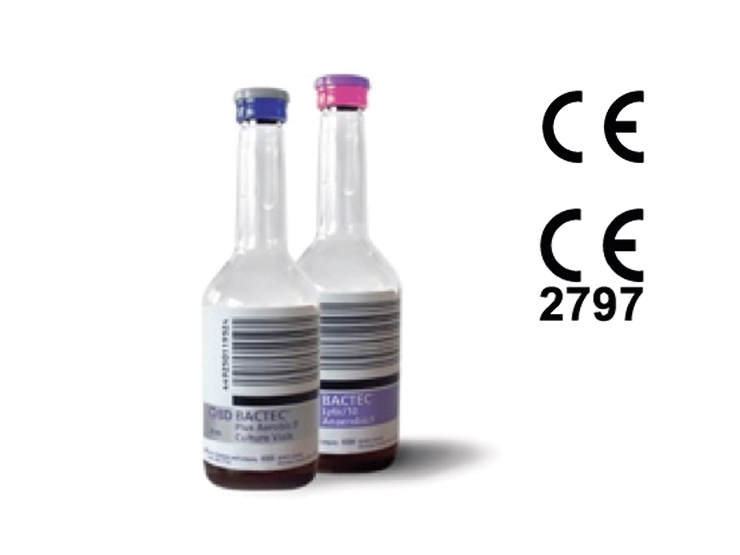
BD blood culture media solutions: Aims to improve clinical performance and workflow efficiencies, from specimen collection to actionable results.
The power of integrated specimen management
Discover how the laboratory of the University Hospital of Reims, France mitigated preanalytical errors in high throughput testing by partnering with BD Professional Services to evaluate their diagnostic workflows and implement quality-driven solutions.











